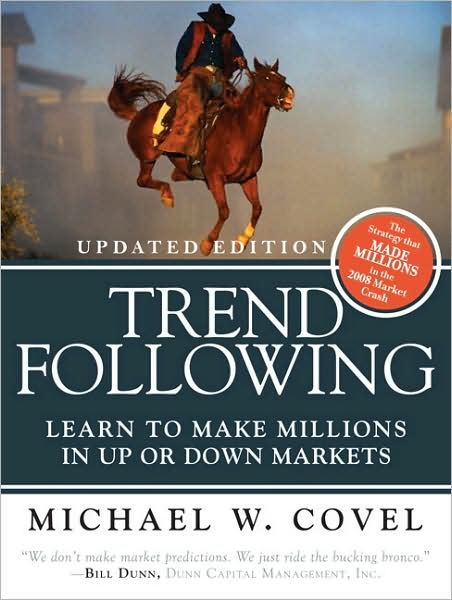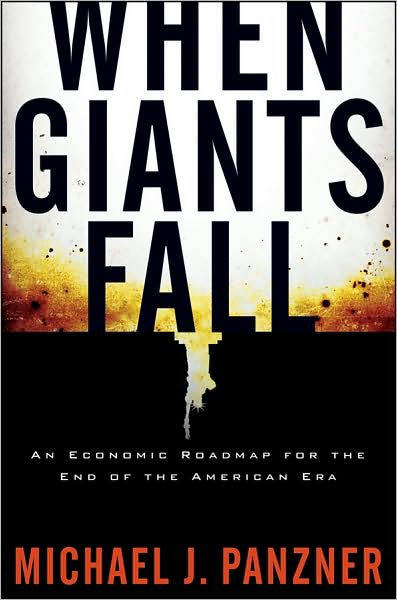To What Degree Were AIG?s Operating Insurance Subsidiaries Sound? (1)
Hey, friends.? My piece on AIG is done, and I will be posting over the next few days, and resume a more normal posting schedule.? Here it is:
Summary
Aside from the mortgage insurers, the P&C subsidiaries were basically sound, though with some issues such as capital stacking, affiliated assets, etc., as mentioned below.? The non-mortgage P&C subsidiaries didn’t have a great 2008, but they would have survived as standalone entities.
The life and mortgage subsidiaries are another matter.? Without the help of the US Government, many of them would have failed.? Even now, given the levels of affiliated assets, capital stacking, deferred tax assets, etc., they are not in great shape now should there be another surprise.? Profitability is likely to be lower in the future than in the banner years of the middle of the 2000s decade.
Introduction
When the economic history books get written about the crisis at the end of the 2000s decade, the difficult analyses will involve Fannie, Freddie, Lehman, AIG, and the large banks that failed.? The degree of leverage employed, both explicit and implicit, will be quite a tale, as will the abandonment of underwriting standards.
This piece is meant to deal with the company that I view as the most complex, and the most levered – AIG. There have been many attempts to explain the problems at AIG, with most of the attention paid to AIG Financial Products.? This analysis is meant to be complementary to those analyses, because I will focus on AIG’s regulated US Life and P&C subsidiaries.? I have gone through the Statutory books for these subsidiaries, and there is an interesting tale to be told.? (A better story than how I got the Statutory data, even.)
Flashing back
Several incidents shaped my perception of AIG over the years.? Working there in the domestic life companies from 1989-92, I heard the AIG mantras:
- 15% return on average equity is the golden rule of AIG. Subsidiaries and divisions that cannot meet that will be eliminated.
- We exit business lines that cannot meet our return goals.
- Keeping the AAA rating is of utmost importance.
- Our accounting should be conservative.
- Keep expenses low.
- Few people make it past five years at AIG, but if you can survive that long, you will be a lifer, and you will be rewarded.
- We didn’t take over The Equitable because we couldn’t get to the 15% target. That said, the takeover team scared them away, and into the arms of AXA (another accounting nightmare I suspect).
I took the rules seriously.? I ended up closing two lines of business that could not meet return goals, and found two centimillion-dollar reserve errors.? There were several products that never made it to market because they could not meet the 15% return goal.
But there was the rest of the story:
- “Dealing with auditors is bloodsport.”
- “I drop my deficiency reserves in the Atlantic Ocean.” (via reinsurance)
- “I like the pension and annuity businesses because they give some bulk to our balance sheet.” (Reputedly M.R. Greenberg said this to a colleague of mine. We scratched our heads over that one, because it was so anti-AIG philosophy.)
- Heavy reliance on surplus relief reinsurance in order to front statutory earnings into the present, and reduce capital needs.
- My boss found two centimillion-dollar reserve errors also.
- “Dealing with reinsurers is bloodsport. Never give them an even break.”
- Clever use of transfer pricing to get money out of blocked currencies.
- Arrogant guys at AIG Financial Products that would hardly acknowledge you as part of the same team at conferences.
- And, a $1 billion GAAP reserve understatement at Alico Japan in 1992.
There was AIG in theory, and in practice.? I was a young actuary at the time, and relatively idealistic, but it was easy to get cynical in a highly politicized office environment, where almost everything was a fight.? Thus my view of AIG was always colored by the hidden leverage, the large losses that never seemed to derail the company as a whole, and the bare-knuckled approach to business.
I could not live with my conscience while I worked there, so I sought greener pastures from year one there – it took two long years to get the right position.? Two very hard years.
Fourteen years later, I had dinner with a well-regarded sell side analyst while visiting P&C companies with him in Ohio.? The management teams we talked with thought we were twins separated at birth.? Our views were very similar, except on AIG.? He asked me why I didn’t like AIG – it was so cheap.? I told him the story that I have told you, and one more thing: when I worked for AIG, there was virtually no debt.? By 2006, the degree of financial leverage was four times higher than when I worked there.? The 15% ROE was intact, but the return on assets had dropped like a stone, and leverage from debt made up the difference.
I told him AIG was not the great company that it once was.? It was far more leveraged, and the ratings agencies were behind on their evaluations.
To the Statutory Statements
The statutory statements record the life of an insurance operating subsidiary.? The regulators require insurance companies to publicly disclose far more data than the banks do to their regulators.
Insurance holding companies own their subsidiaries, and survive by receiving dividends from the subsidiaries, or borrowing against them.? Operating subsidiaries receive cash from holding companies when opportunities are good, and dividend back when there aren’t as many opportunities.
The ability to dividend back is controlled by statutory accounting principles, risk-based capital rules, and also by the state regulators.? This places insurance holding companies in a tough spot; they need dividends from some operating subsidiaries to survive, particularly during times when credit is not available on favorable terms, if at all.
The key question I went off to answer is to what degree were AIG’s operating subsidiaries sound? We all know that AIG Financial Products was a basket case, but perhaps the rest of the operating companies were in good shape.? The answer to this question is mixed, and I will attempt to explain where there are weaknesses and strengths.? Sneak Preview: the weaknesses outweigh the strengths.
Given my prior experience with AIG, I expected to find question marks in the area of reinsurance.? I did find some, but it wasn’t the biggest area of problems.? I’ll try to take the problems in order of importance.






